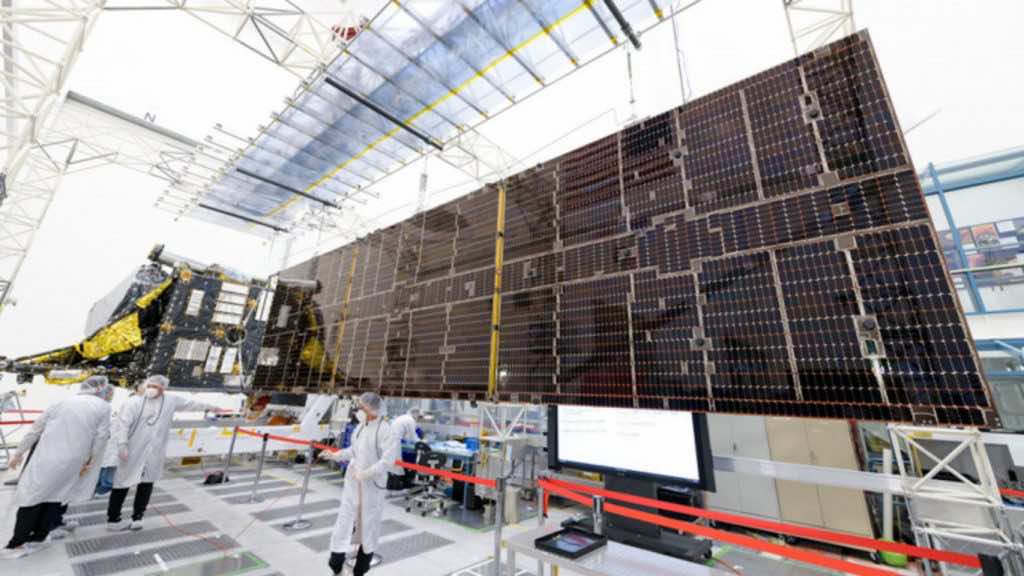NASA’s Psyche mission, which will investigate one of the most metal-rich asteroids ever observed, 16 Psyche, is edging ever nearer to liftoff.
The Psyche spacecraft just had its twin solar arrays installed. This means that it is “close to its final configuration ahead of the planned August launch,” NASA said in a blog post.
The solar power created by the arrays will enable the Psyche mission to travel 1.5 billion miles to determine whether 16 Psyche asteroid has $700 quintillion worth of heavy metals.
The 173-mile-wide asteroid is viewed as a key target for future space mining missions. The issue at hand is that light (spectroscopy) readings show signs of an asteroid teeming with rich metals, while gravitational calculations suggest it has a lower mass than would be expected from a space rock made of iron and nickel mostly.
The final answer can only be found out by NASA’s Psyche mission, which is estimated to reach the asteroid by 2026. Once it reaches there, it will bring solid data in two years.
The five-panel arrays measure 75 square meters and, according to NASA, they are the largest ever to be installed at JPL.
“Seeing the spacecraft fully assembled for the first time is a huge accomplishment; there’s a lot of pride,” said Brian Bone, who leads assembly, test, and launch operations for the mission at NASA’s Jet Propulsion Laboratory in Southern California. “This is the true fun part. You’re feeling it all come together. You feel the energy change and shift.”
About 16 Psyche, at the asteroid belt between Mars and Jupiter, there will be enough sunlight to produce only 2 kilowatts of energy. To address this issue, NASA has developed hyper-efficient, lightweight, radiation-resistant solar panels for the Psyche mission.
These low-light solar arrays will be used to power Psyche’s scientific instruments, including a magnetometer, imagers, and spectrometers. It also has the potential to provide valuable insight into the formation of Earth and all of our surrounding neighbors.

